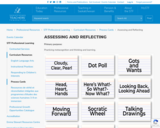
Found herein are activities that encourage practicing metacognition and thinking and learning.
- Subject:
- Education
- Material Type:
- Assessment
- Author:
- STF
- Date Added:
- 05/06/2024

Found herein are activities that encourage practicing metacognition and thinking and learning.

This poster describes a set of learning principles specific to First Peoples. The First Peoples Principles of Learning were articulated by Indigenous Elders, scholars and knowledge keepers to guide the development of the curriculum and teaching of the the English First Peoples course created by the BC Ministry of Education and First Nations Education Steering Committee in 2006/2007.
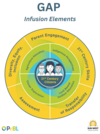
Teachers understand that there are many layers of content, outcomes, skills, and experiences that our students require throughout their educational journey to become competent 21st century learners. Teachers have must dos, such as curricular outcomes and assessment, but there are also many additional elements to provide enrichment to learning for students. All of these layers can become overwhelming if only considered from the perspective of teaching these elements in silos. GAP or Grade Alike Planning in Sun West has offered opportunities to teachers to reimagine these elements by infusing them together. The GAP Infusion Poster illustrates a visual of this philosophy where many elements are blended thoughtfully together to meet many learning outcomes, provide many opportunities, and give students' voice and choice in their learning by exploring their interests and learning needs.
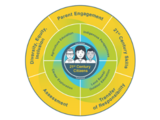
These monthly newsletters can help you find our favourite resources to help you get started exploring the Grade Alike Planning Hubs. Grade 4, 5 and 6 each have their own newsletter with recommended resources.

Grade Alike Planning (GAP)A job embedded, structured planning framework that infuses key pieces to students educational experiences.

This tutorial explains the Grade Alike Planning (GAP) project and how to use it to find the resources you need for your Grade 4 to 9 teaching.
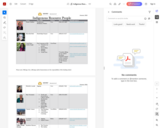
Find speakers to come to your classroom in person or virtually, based on their specialty.
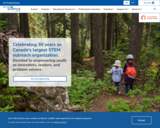
This is one of the best K-12 Science resources available!
Resources are available for Grades Pre-school-12 including multiple articles and videos available for students to explore the many science concepts being learned in the classroom.
You can:
*Book an outreach visit from a scientist to teach STEM (science, technology, engineering & math) to your class
*Enter your Grade 6-8 students in team-based competitive enrichment events
*Use CurioCity with Grade 8-12 students to learn about STEM careers, Space and countless other topics with videos. You can also register and get amazing resources for STEM (in English or French) for FREE! (These are even aligned to SK curriculum!)
*Visit Ideapark for Pre-school to Grade 3 to register and receive access to a wealth of FREE STEM resources.
*Register for Tomatosphere to investigate the effects of outer space on seed germination with your class. Tomatosphere™ is a hands-on program that builds scientific inquiry and experimentation skills.
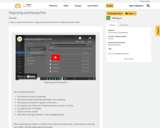
A video to demomstrate how to organize and name files when collaborating with others.

This process and template provide teachers with a structure to infuse structured literacy cross-curricularly. This includes a 9 step process, as well as a template to plan on, and an example.

The First Nations University, Indigenous Continuing Education Centre (ICEC), is proud to offer an exclusive tutorial introducing the National Centre for Collaboration in Indigenous Education (NCCIE) website and its on-line Teaching Resource Centre for Indigenous and non-Indigenous educators. The Teaching Resource Centre is an invaluable tool for all educators. The lesson plans are searchable by subject and grade. Each lesson plan comes complete with learning outcomes, a teacher’s guide,
activities, assessment guidelines, and materials. Lesson plans and videos were co-developed with community partners across Canada in the spirit of reciprocity – to contribute to the growing educational resources that highlight Indigenous perspectives.
The tutorial is designed to highlight the educational videos, stories, and lessons available on the NCCIE website and support learners and educators in their journey of knowing and understanding Indigenous education.
The tutorial will:
• Describe where to locate useful educational resources (e.g., videos, stories, and lessons) on the NCCIE website.
• Identify resources that may be useful in your educational journey or in your teaching practice.
• Examine and implement a variety of website resources into your courses and contexts.
• Assess the support you may need to deliver website content.
• Design a plan for implementing resources from the NCCIE website.
Topics include:
- Resource Guide Overview
- History of the NCCIE (The National Centre for Collaboration in Indigenous Education
- Integrating Indigenous Content into the Classroom
- Navigating the NCCIE Website
- Four Directions Model for Indigenous Education
- Using a Medicine Wheel in the Classroom
- Integrating Indigenous Content into the Classroom
- Relationship-Building with Indigenous Communities
- Adaptations of lessons to different provincial curricula